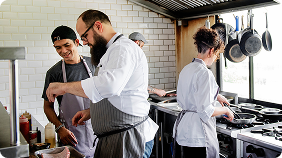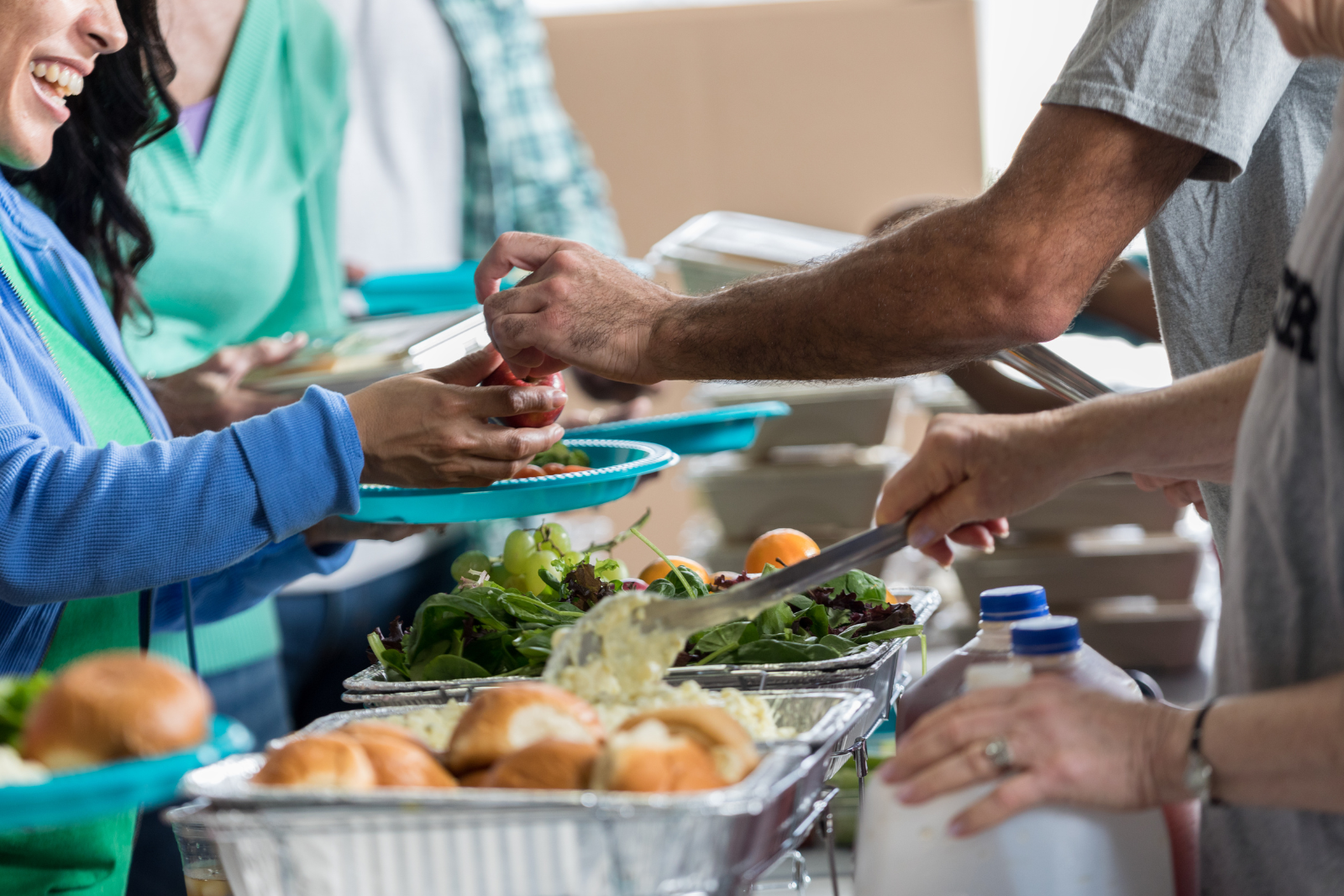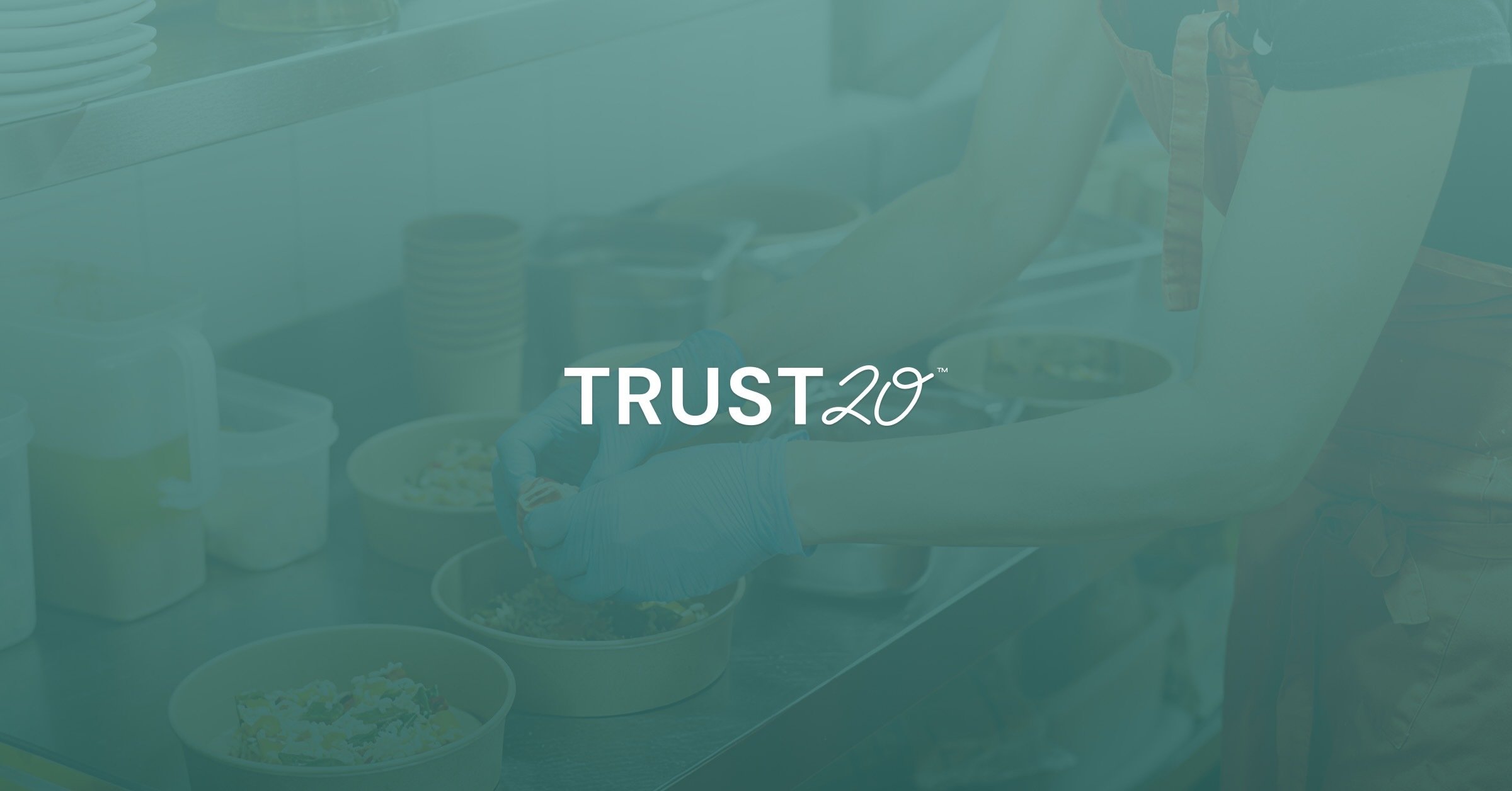Pride in Foodservice Week, an annual celebration of the commitment of foodservice teams across all industries, will take place February 6 - 10, 2023.
While one week is simply not enough to celebrate the dedication and sacrifices foodservice workers have made over the past three years, it’s a good place to start. The Association of Nutrition and Foodservice Professionals has developed a downloadable toolkit for foodservice workers to mark the occasion, which includes a specially designed email signature and several graphics for Facebook, Instagram, and Twitter.1
If posting on social media isn't your speed, here are three other meaningful ways to celebrate the 33rd annual Pride in Foodservice Week:
Start a surprise meal train
Pride in Foodservice Week is all about strengthening your bond with colleagues and your love for the industry. One way to do that is by supporting other fantastic food establishments in your area!
Kick off a “pay it forward” meal train by sending one of your colleagues a meal or snack from another local restaurant, bakery, coffee shop, or similar–as long as it’s not from their place of work. Send them a note letting them know why you sent the treat and that, if they can, they should pay it forward to one of their colleagues.
This low-lift gift will not only spread the love amongst your team members, but it will also give a boost to other local businesses! That’s what we call a win-win.
Restaurant dinner swap
Pair up with another local restaurant or food establishment to cook each other an appreciation meal! If you have friends at another establishment, ask them to link you up with their manager to discuss the possibility. If you’re a manager yourself, reach out to other friendly establishments directly to coordinate.
Here’s how it works: one night, your team will lead a special service for the other restaurant’s staff. The next week, roles will reverse, and their team will seat you! This dinner swap will build camaraderie in the greater foodservice community and give you and your team a chance to bond over good food.
If full dinner service is out of reach, consider a quick dessert service or delivering takeout to each others’ establishments instead.
Find a mentor or mentee
Mentorship is important in every industry, including foodservice. Whether your career aspirations are to become a head chef, to own your own restaurant, or to find the ideal work-life balance, take this week as an opportunity to connect with people who have achieved similar goals in your industry.
If you’re new to foodservice, don’t be afraid to ask people you admire for an informational interview, during which you can ask them questions about their career and tips for success without the pressure of vying for a full-time position. Most people will be flattered you thought of them and will be happy to oblige. Sometimes informational interviews also lead to full-time roles down the line!
On the flip side, if you have already achieved some of your dreams, it might be time to give back to younger workers. You can offer to grab coffee with new cooks, hop on a 30-minute call to answer their questions, or speak to local college and university classes about your career path. Mentorship can be as simple or as in-depth as you’d like it to be!
No matter how you plan to celebrate Pride in Foodservice Week, make sure you take a moment to reflect on your accomplishments over the past few years. You have persevered through the most challenging times and continued to serve your community even when it wasn’t easy. That is something to truly take pride in!
Sources:






.png)

.png)
